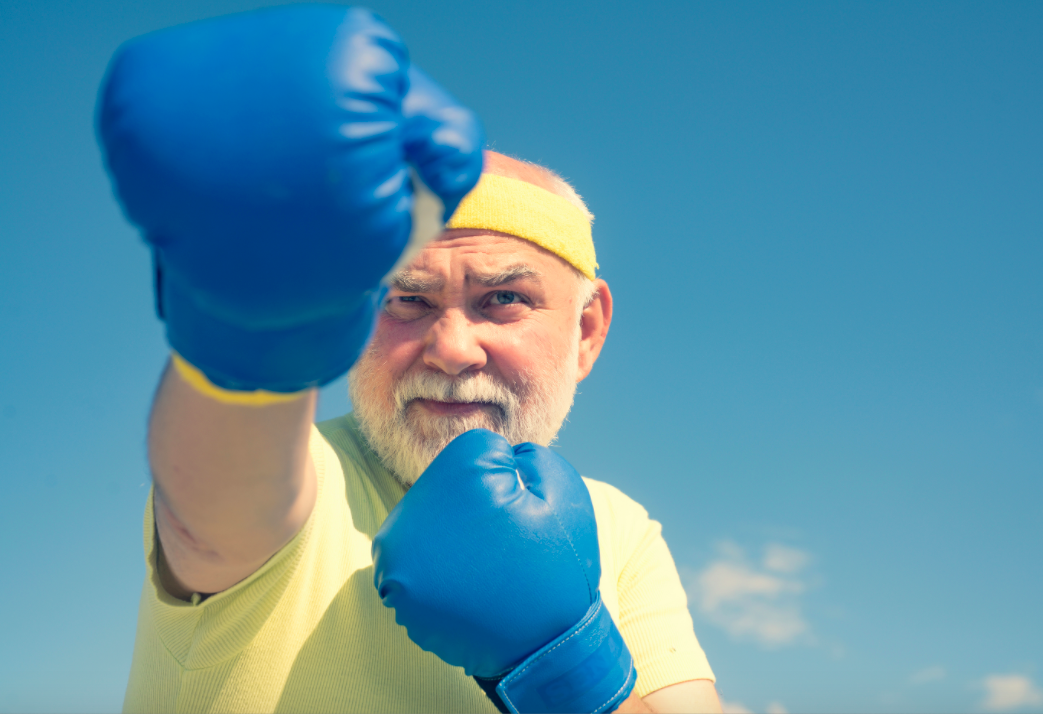
If thereâs anything the public knows about exercise, itâs simple: doing it is good for you. This association is undoubtedly common knowledge by this point, but what many people may not fully understand is just how far these benefits go. Research continues to pour in year after year showing that maintaining adequate physical activity levels is associated with a plethora of both physical and mental health benefits, and it can extend your expected lifespan as well.
This list is expansive and encompasses numerous fundamental areas of health, but some of the most notable physical benefits include the following:
- Leisure time physical activity reduces the risk for several types of cancer, including liver, lung, breast, kidney, colon, rectal, and bladder cancer
- Regular physical activity and high fitness levels are associated with a reduced risk for premature death from any cause, particularly from heart disease in individuals with no symptoms
- Regular exercise increases strength and flexibility and lowers the risk for musculoskeletal conditions like osteoarthritis, strains and sprains, fractures, and other painful problems; it also increases stability and reduces the risk for falls in older adults
- Regular physical activity reduces the risk for developing type 2 diabetesâespecially in individuals who are considered âprediabeticââand improves outcomes in individuals who already have diabetes
HIIT: an important acronym for timeâcrunchers
Unfortunately, the problem for most individuals isnât having doubts that exercise can improve their health. Many people simply struggle to find the motivation and/or the time to become physically active as regularly as they want to be or think they should be. One possible solution for those with busy schedules is to train more aggressively, but in shorter periods of time, which is the basis of highâintensity interval training (HIIT).
HIIT has been around for quite a while, but has been growing rapidly in popularity over the last few years. HIIT is essentially a training technique in which you give an allâout, 100% effort through quick intense bursts of exercise, which are then followed by shorter recovery periods. Since your body is working so hard during a HIIT workout, it increases your heart rate and helps you burn more fat in less time. HIIT workouts also increase the bodyâs need for oxygen during these extreme efforts, which, over time, will help increase your cardiovascular ability and strengthen your heart. In addition, HIIT can significantly bolster endurance, leads to fat instead of muscle loss, is quick and convenientâworkouts can be completed just about anywhere in as little as 10 minutesâ and usually does not require any equipment.
MCIT: a less intense alternative
Moderateâintensity continuous training (MCIT)âsometimes referred to as steadyâstate exerciseâinvolves a sustained physical effort, but with no periods of rest in between. Compared to HIIT, MICT workouts are much less intense, with exercise performed at a moderate intensity over longer periods of time. This typically corresponds to 55â75% of oneâs maximum heart rate, whereas HIIT typically involves about 80â85%. Similarly, MICT is performed at 40â65% of maximal oxygen consumption, while HIIT usually pushes individuals to 75â80% of this limit. MICT probably encompasses most types of exercise, and a good example is continuously cycling on a stationary bike at a constant pace for 20â40 minutes.
Both MICT and HIIT have their merits and are attractive for different reasons. Someone whoâs short on time and in good shape may be interested in getting âmore bang for their buckâ with HIIT, while others who are not comfortable exercising at such a high intensity may prefer the more reasonable pacing of MICT. Research has also shown that both approaches to exercise are associated with similar health benefits. According to one study (the Generation 100 study) that evaluated more than 1,500 adults between the ages of 70-77 who regularly engaged in HIIT or MICT for five years, those who completed HIIT experienced greater health benefits and a reduced risk of dying compared to the MICT group. But another powerful study called a meta-analysis found that there was no difference between HIIT and MICT when it came to improving body composition and body fat percentage.
The long and short is this: HIIT and MICT are both great options for becoming and staying active that can lead to a variety of healthy benefits. What it really comes down to is how much free time you have in your schedule and your comfort level with intense exercise, but either way, itâs a winâwin.
Read our next post for answers to some of the most common questions about HIIT and MICT.
